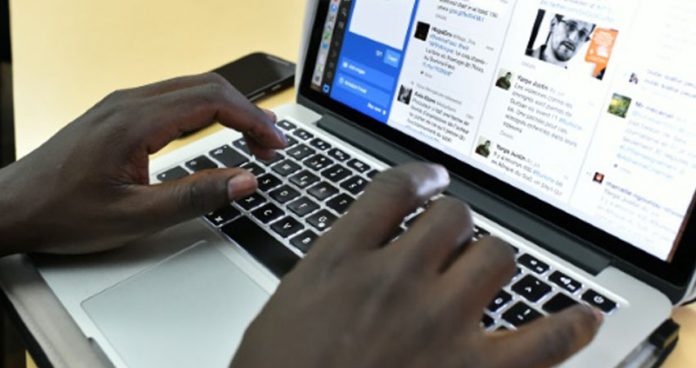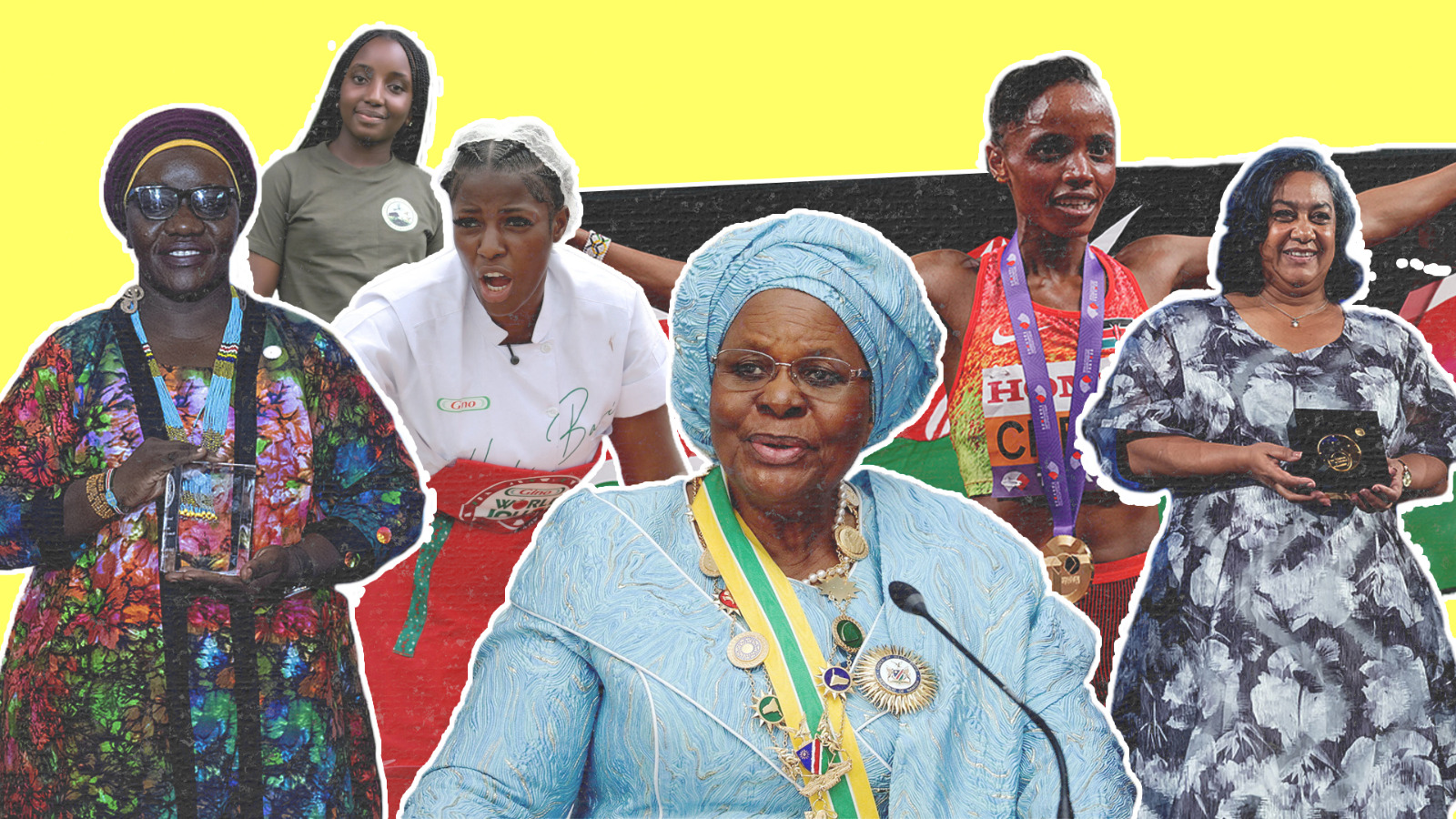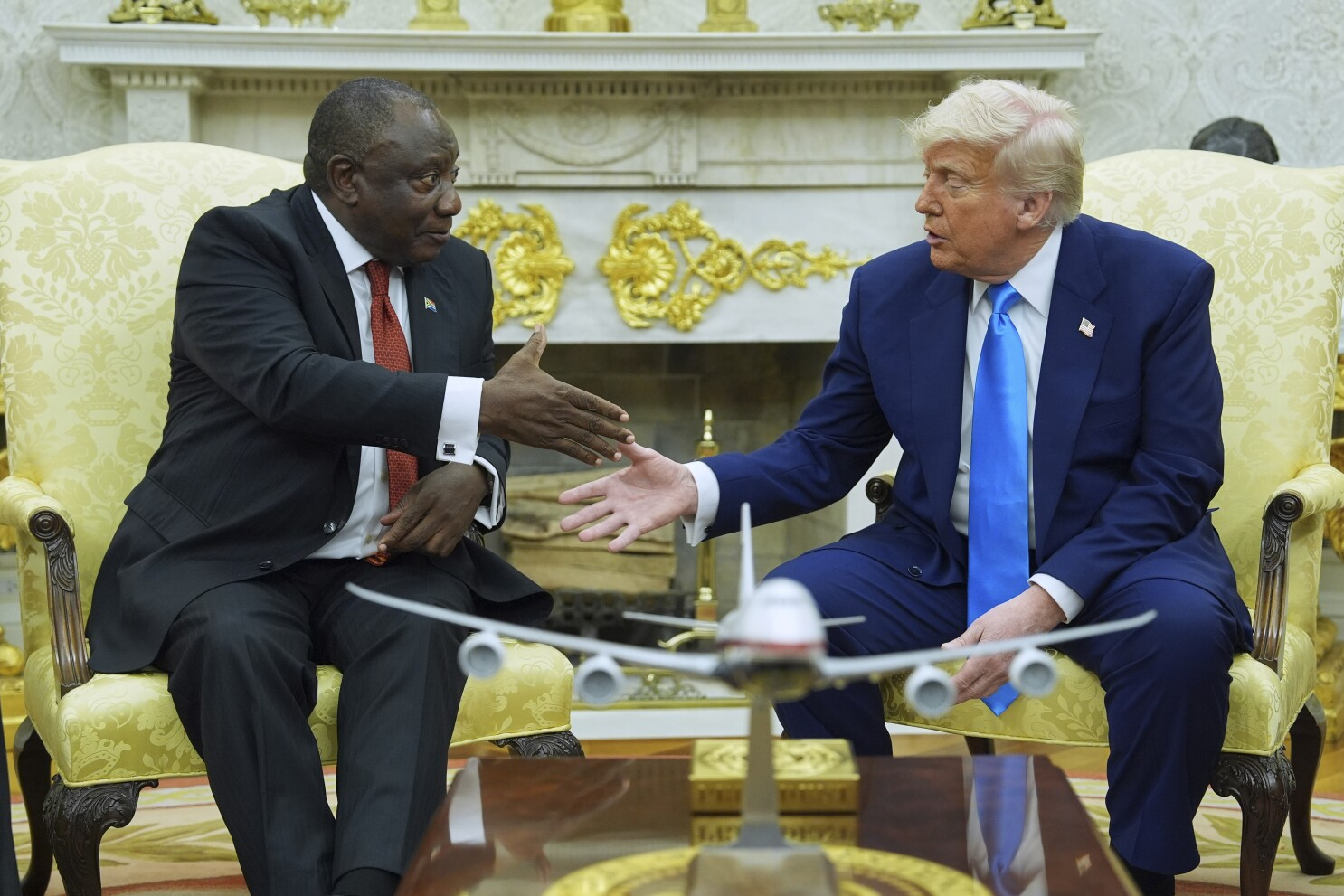
UN: More than 100,000 websites host child pornography
Internet connectivity has gone a notch higher in the recent past with many people now accessing and using it.
However according to the United Nations report published on Tuesday, the increased connectivity has the potential to transform children’s lives for the better, but also makes them vulnerable to sexual abuse, online harassment and bullying, recruitment by extremist groups, and other risks.
The study by the Broadband Commission for Sustainable Development underlines the need for everyone to ensure children remain safe as they explore “the digital world”.
The report lays out staggering statistics showing the extent and scale of the problem. For instance, in just one year the Internet Watch Foundation (IWF) found more than 105,000 websites hosting child sexual abuse material.

“It takes a village to keep children safe both online and offline. Therefore, all the stakeholders need to prioritize children, collaborate and generate collective actions to prevent and address all forms of violence, abuse and exploitation of children online,” members said in press release.
The report recommends that countries take immediate action, as no Government has developed fully effective protection systems.
Steps that protect children online include establishing a single national authority with ultimate responsibility for child online safety, as well as ensuring robust legislation is in place, among other measures.
The report also highlights the differences in Internet access depending on where young people live. Globally, there are more than two million people under the age of 18. Around 71 per cent of youth are already online, according to UNICEF research, cited in the report.
60 percent of young Africans not online
However, millions are still waiting to log on. Currently, 60 per cent of young Africans are not online but the number of users on the continent is growing by 20 per cent a year.
 “In Sub-Saharan Africa, Asia and Latin America, connectivity has not yet reached all children. With the expansion of affordable broadband to these parts of the developing world, there is an urgent need to put in place measures to minimize the risks and threats to these children, while also allowing them to capitalize on all the benefits the digital world can bring to our societies,” the report said.
“In Sub-Saharan Africa, Asia and Latin America, connectivity has not yet reached all children. With the expansion of affordable broadband to these parts of the developing world, there is an urgent need to put in place measures to minimize the risks and threats to these children, while also allowing them to capitalize on all the benefits the digital world can bring to our societies,” the report said.
The report was produced by the Commission’s working group on Child Online Safety, comprising senior representatives from the UN, non-governmental organizations, law-enforcement agencies, regulators, and private companies.
Case in point-Kenya
This coming even as in Kenya a video of a standard seven pupil went viral and was shared by millions of people as he spewed insults using vulgar language, threatened to kill a standard four pupil.
The incident caught an eye of the Director of Criminal Investigations detectives from the Children’s Department who arrived at the school where the young learner studies.
The incident has since elicited a hot debate with parents being blamed for letting their young ones access internet and even send materials that are inappropriate.







